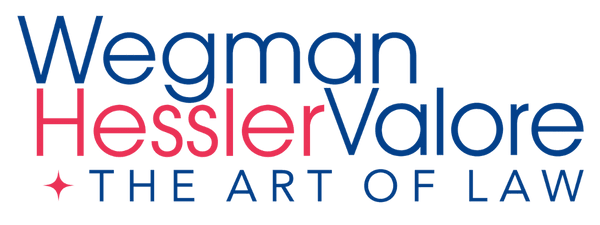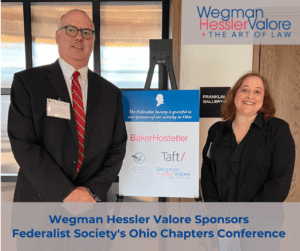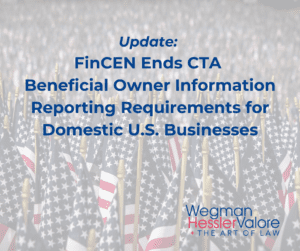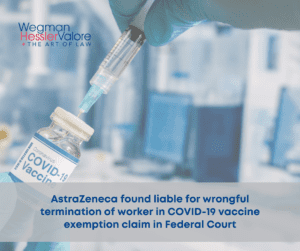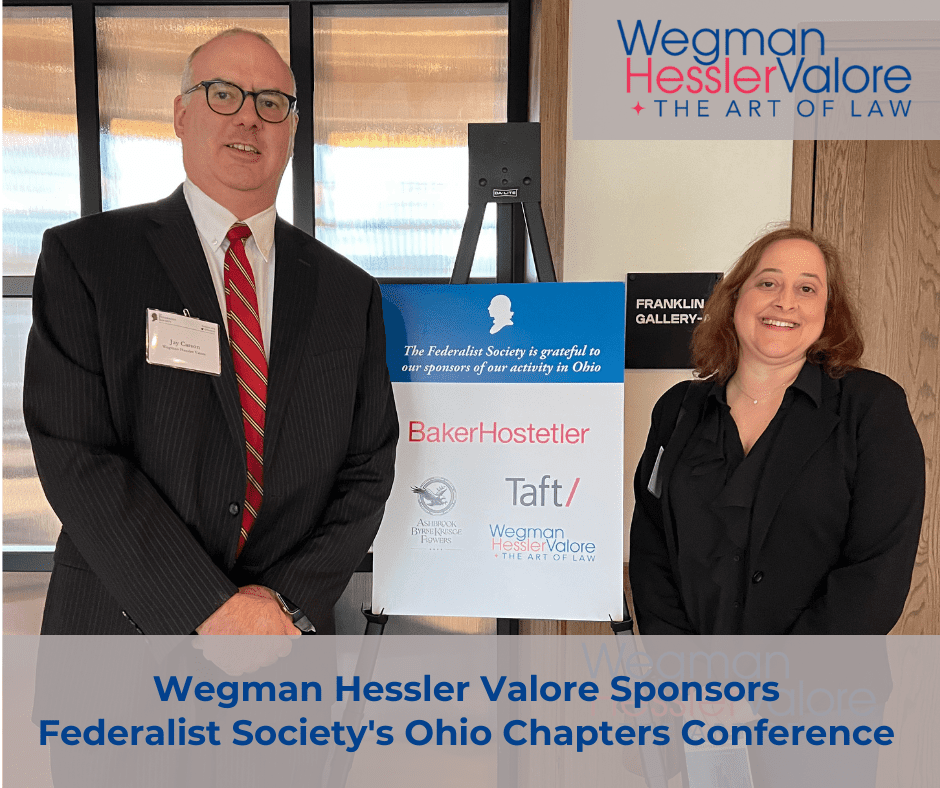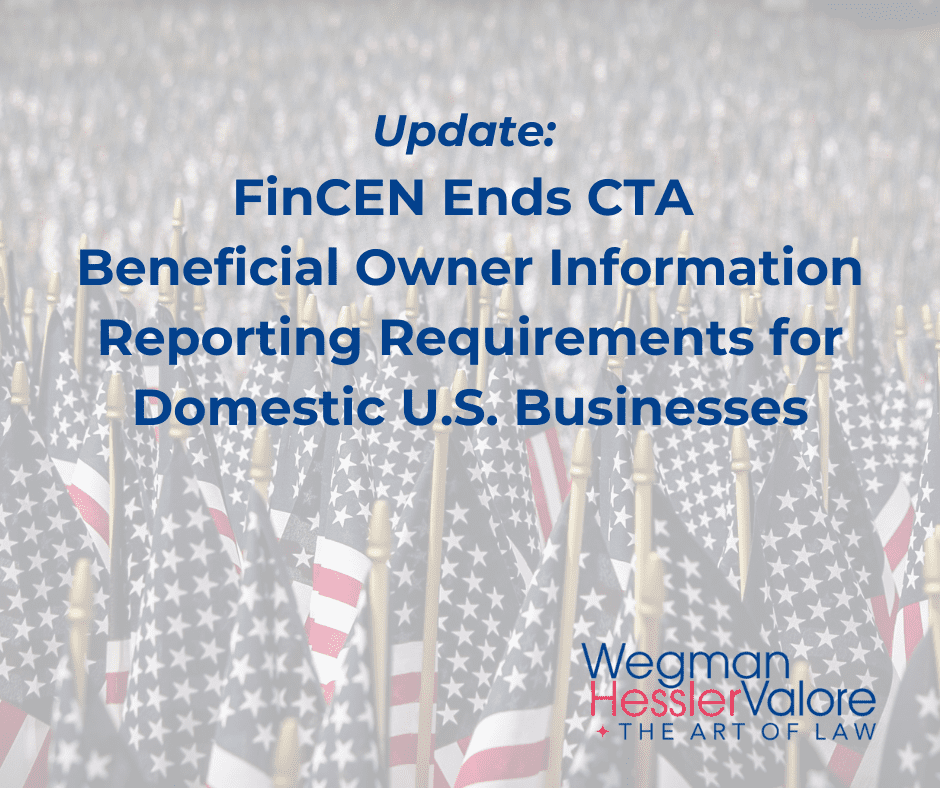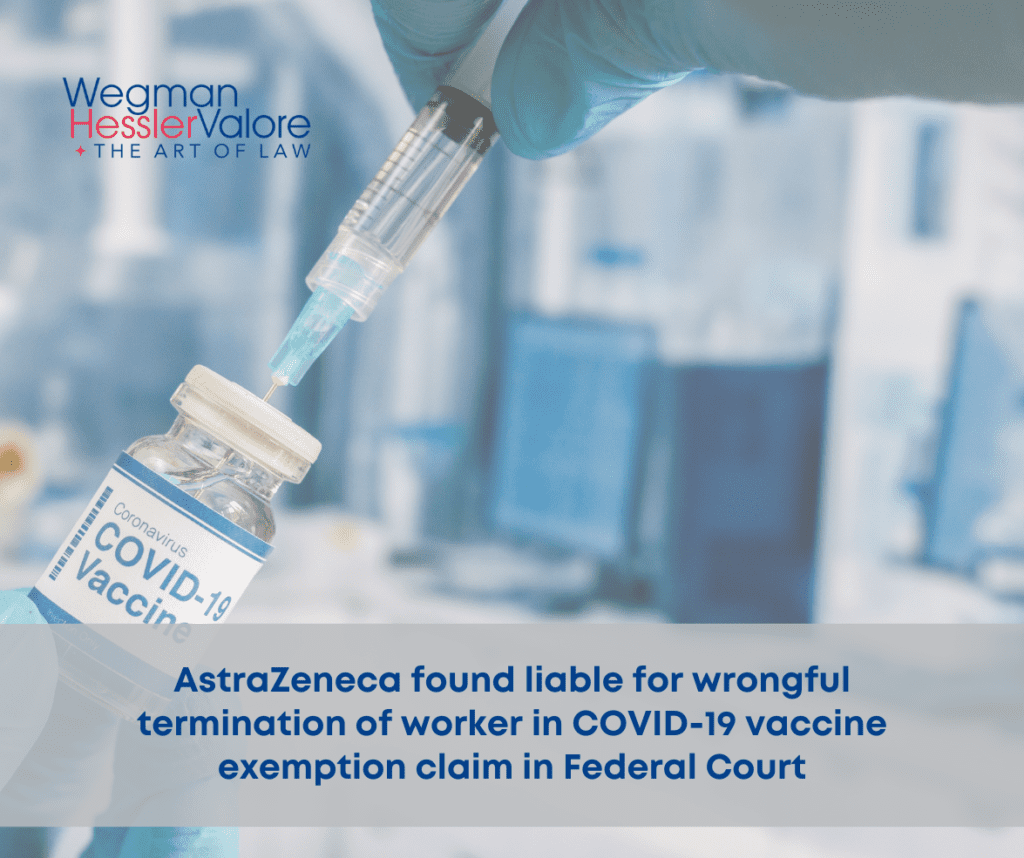BREAKING NEWS

DOL and IRS Issue Additional Guidance, Rules and Forms for Paid Leave Under the FFCRA
April 2, 2020
On April 1, 2020, the U.S. Department of Labor (DOL) issued new temporary regulations regarding how American workers and employers will benefit from the protections and relief offered by the Emergency Paid Sick Leave Act (EPSLA) and Emergency Family and Medical Leave Expansion Act (EFMLEA), both part of the Families First Coronavirus Response Act (FFCRA). Additionally, the IRS issued detailed FAQs on the FFCRA.
As outlined in our previous client updates, the FFCRA helps address the workplace effects of COVID-19 by reimbursing private employers with fewer than 500 employees with tax credits for the cost of providing employees with paid leave taken for specified reasons related to COVID-19 between April 1, 2020 and December 31, 2020. The law enables employers to keep their workers on their payrolls, while at the same time ensuring that workers are not forced to choose between their paychecks and the public health measures needed to combat the virus. The DOL’s Wage and Hour Division (WHD) administers the paid leave portions of the FFCRA.
The DOL temporary regulations are effective from April 1, 2020 to December 31, 2020 and can be found here. And, the IRS FAQ is available here.
The IRS guidance provides that employers must retain records and documentation related to and supporting each leave request as well as Form 942, Employer’s Quarterly Federal Tax Return and Form 7200, Advance of Employer Credits Due To COVID-19, and any other filings made to the IRS.
Key takeaways from the DOL regulations include the following:
• Government issued shelter-in-place or stay at home directives that advise certain at-risk populations to stay at home are included within the definition of subject to a quarantine or isolation order.
• Childcare providers unavailable due to COVID-19 reasons can include family members, friends and neighbors that care for an employee’s child, even if they are unpaid and not registered or licensed so long as such individuals regularly care for the employee’s child. But such leave is only available if no other suitable person can care for the employee’s son or daughter.
• Employees advised by a health care provider to self-quarantine include not only employees suffering from or suspect to have COVID-19 or caring for an individual who has or may have COVID-19, but also employees whose health care provider directs them to isolate based on a belief that the employee is particularly vulnerable to COVID-19 or the employee is caring for a vulnerable individual who has self-quarantined on a doctor’s advice.
• The regulations also provide guidance as to how much leave time and how much pay is available to employees who qualify for paid leave, and how to calculate the employee’s regular rate of pay.
• Employers may elect to exclude employees who are health care providers and emergency responders from the paid leave requirements, including anyone employed at a doctor’s office, hospital, clinic, nursing home, laboratories, pharmacies, and similar institutions, and anyone employed by an entity that contracts with such a facility to provide services or maintain operations of the facility.
• The 500-employee threshold is measured as of the day the employee would take leave and includes all full-time and part-time employees, employees out on leave of any kind, temporary employees from placement agencies, and all employees of integrated employers (including separate establishments and divisions).
• Small businesses with fewer than 50 employees are exempt if the paid leave requirements would jeopardize the viability of the business as a going concern when, as documented by an authorized officer, paying the leave would exceed revenues and cause the business to cease operating at a minimal capacity, the absence of the employee would entail substantial risk to finances or operations because of their skills or responsibilities, or there are insufficient workers available to operate at minimal capacity. Regardless, the employer must still post the required DOL notice/poster.
• An employee may take intermittent paid sick leave or EFML only if the employer and employee agree.
• An employee who has exhausted their 12-week FMLA entitlement during a 12-month period, is not precluded from taking EPSL but may not take EFML during the same period. Leave taken under the EFMLEA counts towards the total 12-week allotment of FMLA and an employee may only take up to 12 weeks of EFML between April 1 and December 31, even if that period spans two FMLA leave 12-month periods.
• Employers may require employees to follow reasonable notice procedures after the first workday for which an employee takes paid leave as soon as practicable but must give employees notice of the failure to provide reasonable notice and opportunity to provide required documentation.
• Employees are required to provide employers documentation of the need for leave and employers have recordkeeping requirements as outlined in the regulations.
• Health care coverage must be maintained at the same level during the covered leave period.
• Employees returning from leave must be restored to the same or equivalent position, with exceptions for layoffs, key employees, and employers with fewer than 25 employees under certain circumstances outlined in the regulations.
Wegman Hessler specializes in business law for business leaders, applying legal discipline to solve business problems to help business owners run smarter. For more than 50 years, this Cleveland business law firm provides full-service strategic legal counsel for closely held businesses. Learn more at www.wegmanlaw.com.
